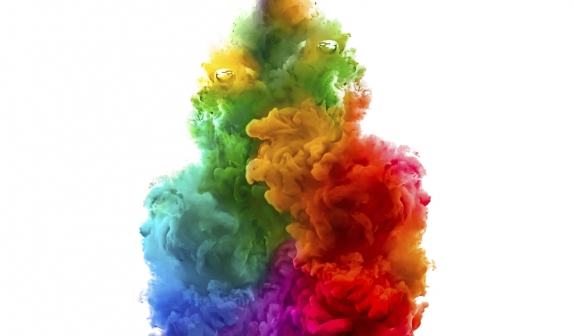
You only have to look around to realize the simple but often overlooked truth that we live immersed in colours. However, so often we ignore how this affects us, both physically and mentally.
Chromotherapy is rooted in ancient history. The Greeks and Egyptians used to dissolve coloured pigments in medicines to increase their curative effect.
Following the legacy of the Enlightenment, however, this discipline was downgraded and thought of as a pseudoscience.
It is still undeniable that different colours affect our moods: think of the calm feeling when we look at a blue sky and compare it to the different emotions that looking at a red painted wall gives us.
Based on these effects, the Swiss psychotherapist Max Lüscher created what has become known as the "Lüscher colour test." Choosing from eight colours offered, both the most pleasant and the least, you come to define the personality traits of the subject. This test is still used by the US Navy to choose soldiers.
The use of colour as a source of well-being is often used in the spa, both as a simple light irradiation and in combination with water. The combined use of coloured light baths and water jets of different temperatures and intensity has a beneficial effect on our body. While low temperatures, combined with the calming effect of colours such as green and blue, tighten the tissues, colours like red and yellow combined with hotter water jets help eliminate toxins, promoting a feeling of rebirth.
As mentioned at the beginning of the article, we can benefit from colours in every moment of our life, not least through nutrition. The decision to change the colours of the fruits and vegetables we consume daily is a simple way to continue to enjoy the benefits of colour at the table.


